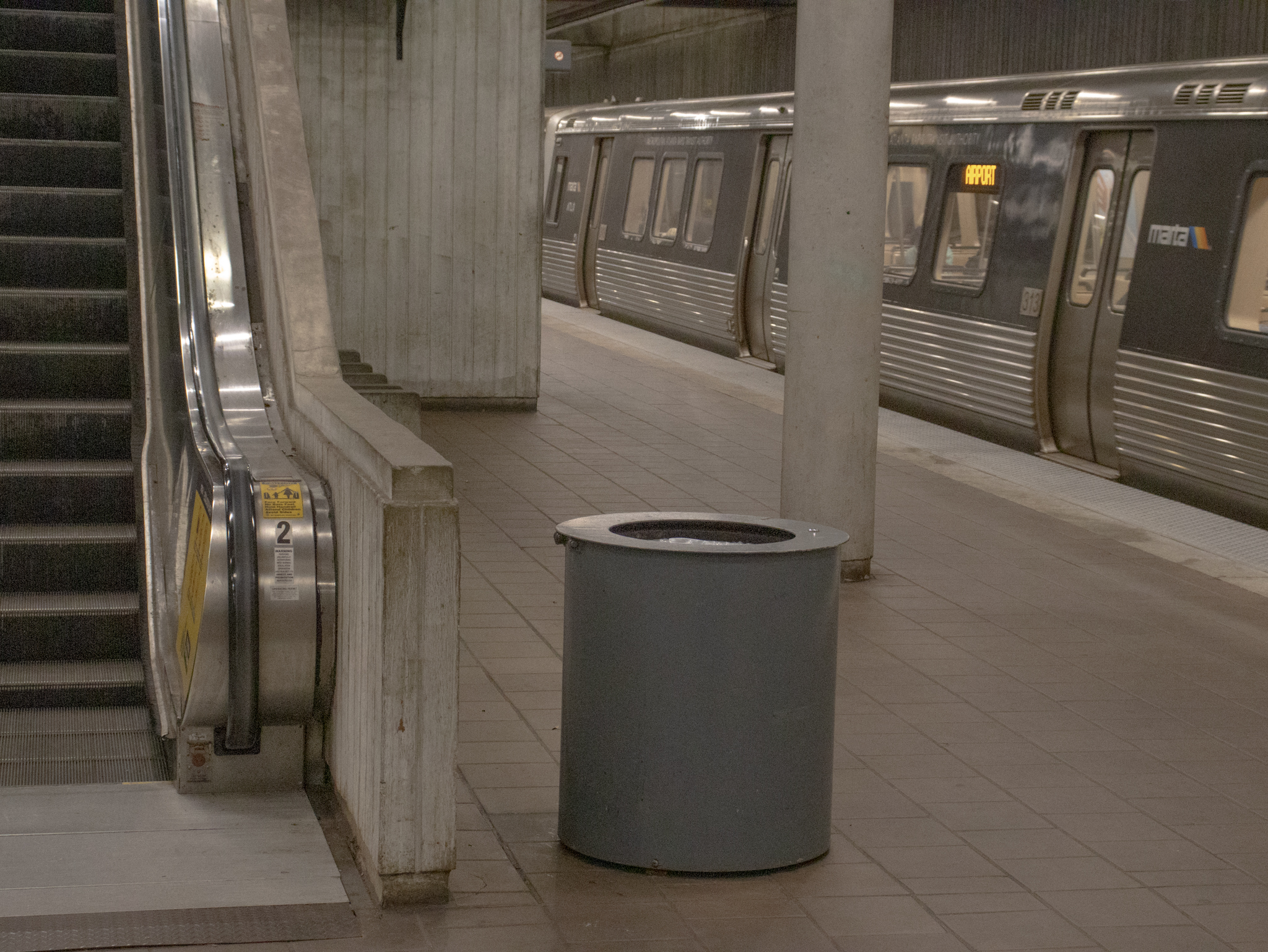MARTA’s buses have been running in Atlanta since 1972 and MARTA trains have been rolling through the metro area since 1979. As MARTA asks the public for feedback on its planned bus network redesign, I thought it would be important to denote the ways that MARTA has already positively impacted its serviced areas.
MARTA runs through Clayton, Fulton, and DeKalb counties. There is a comprehensive network of both train and bus stations that run north, south, east and west of downtown Atlanta. MARTA has future plans to expand into other areas, and this, like any other political issue, has come with both controversy and questions. Details of the plans for this expansion can be found here.
The purpose of this article is not to look into the future, but to reflect on MARTA’s past successes and triumphs, and more specifically how it could further benefit Atlanta’s youth.
MARTA’s southmost train station is the Hartsfield-Jackson International Airport station. This allows for passengers at the world’s busiest airport to have ready access to the rest of the city when they arrive. The train runs through downtown Atlanta and up to North Springs and Doraville, stopping midway to run west to east for those that need to access those areas of metro Atlanta.
MARTA is a cost-efficient alternative to cars and rideshare apps, two things that are generally less accessible to young people under the age of 18, and for many college students as well. Bus fares sit at $2.50 a ride, and round-trip tickets on the train are $6. This is more suitable for younger people’s pockets, especially considering a one-time train fare can take passengers any distance for the same price. Services like Lyft and Uber charge based on distance, as well as current traffic levels, making them pretty steep for many working-class and unemployed people.
The MARTA runs almost everywhere someone in or surrounding the city would need it to. It has multiple stations in Atlanta, including Five Points, Peachtree, Midtown, and the Art District. It has stations in places like College Park, East Point, and Decatur to allow for people in more suburban areas to have access to urban areas like the city.
Atlanta’s mass transit system is also sustainably efficient. Of course, it’s obvious that buses and trains limit the need for cars and reduce emissions. However, MARTA has a commitment to sustainability that spans even further. MARTA buses majorly run on non-corrosive fuel.
MARTA has become an integral part of young Atlantan culture. Young working-class people are able to use it to connect them to work opportunities. Young creatives like myself are able to use it to explore the city and what it has to offer. Many youth-oriented programs and structures have been intentionally built around the MARTA, or vice versa. The Arts District/Arts Center Station is built around the High Museum of Art, Woodruff Arts Center, SCAD, and more. These are places that allow young Atlantan creatives to flourish and explore.
Many colleges are also linked to the MARTA transportation network. All major universities in Atlanta are available via MARTA, and Oglethorpe even has its own stop.
The design of the original MARTA was done with these places in mind, but now it has become an integral part of Atlanta itself and programs and services have started to build around the rails and buses to further capitalize on this.
Cam Kirk Studios is one example. This is a studio space for photographers and videographers alike in Atlanta. It was founded by and is operated by Cameron Kirkland. This is a special space because all of its employees are young people. It also provides resources like classes, in-studio help, and free studio sessions to further cultivate the creative scene here. Not to mention it’s one of the most cost-efficient options in the city for its niche.
Cam Kirk Studios was built directly adjacent to the Garnett MARTA Station. On its website, the studio makes it clear that this was an intentional accessibility move.
VOX ATL is another perfect example of intentionality around making its downtown offices easily accessible to MARTA. It is actually just upstairs from the Peachtree Center MARTA station, making it accessible to teen writers all over the city, no matter what their transportation needs might be.
MARTA is a transportation option that youth and adults alike should take more notice of. It’s largely underused by young people in the city, but it’s a major asset that has personally helped me get and stay involved. It could help you and your network too!
To provide your feedback to MARTA, take this Survey Monkey survey.




